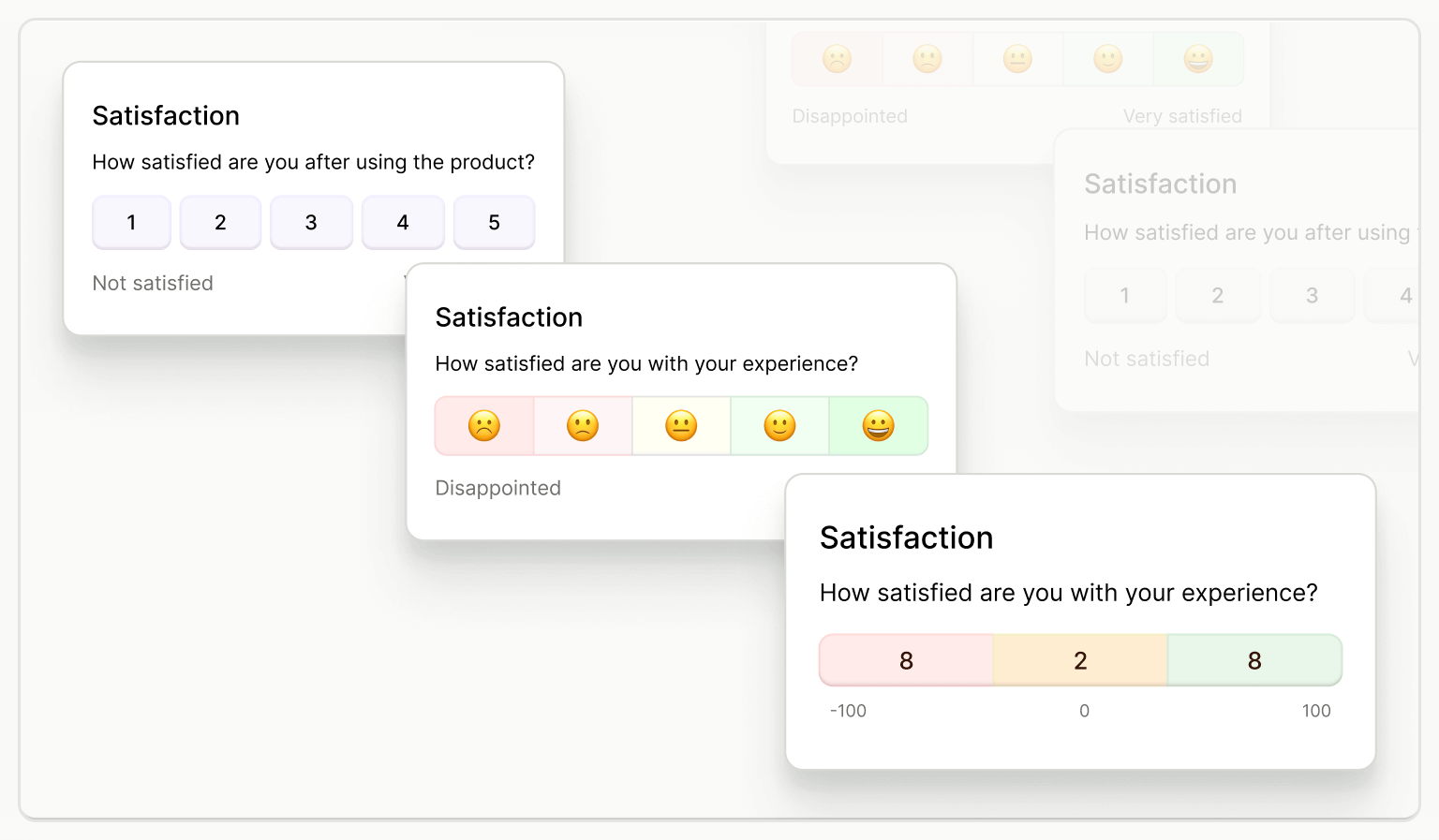
Summarize this article with
The demand for secure yet seamless authentication has never been higher. As users get used to faster and smoother digital experiences, businesses are challenged to meet expectations without compromising security — however, many businesses still use outdated methods, like requesting multi-step verification every single time you log in. These approaches often frustrate users, causing them to leave and resulting in missed opportunities.
The stakes are high for online businesses. It’s estimated that 22% of shoppers abandoned their carts because the checkout process was too long or complicated. This shows how small roadblocks can have a big impact on conversion rates and emphasizes why businesses need to balance a smooth user experience without increasing the risk of security breaches.
That’s where frictionless authentication comes into play.
What is frictionless authentication?
Frictionless authentication is a way to verify users that minimizes or eliminates the need for active input from the user, like typing passwords or completing extra security steps. It typically relies on passive signals to authenticate users seamlessly, improving the user experience while maintaining security.
A site can evaluate various easily or passively collected data points about its visitors to assess their legitimacy and streamline authentication.
- Biometrics includes methods like fingerprint scanning, facial recognition, or iris scanning. These methods use unique biological traits to verify identity. Since they are tied directly to the user, they remove the need for passwords or codes, offering fast and secure authentication.
- Device recognition involves identifying a user’s device based on unique characteristics like hardware, software, and browser settings. Once a device is recognized as trusted, authentication can proceed without requiring additional input from the user.
- Contextual factors such as the user’s location, network data, or the time of login assess the context of a login attempt. For example, if a user always logs in from a specific location, time frame, or IP address, deviations from these patterns might trigger additional verification steps, while consistent behavior results in seamless access.
- Behavioral analysis monitors how users interact with a website, such as their mouse movements, scrolling behavior, or typing speed. Significant deviations from normal behavior might trigger an alert, while consistent patterns allow the user to log in without requiring additional authentication.
These methods reduce the friction of logging in, allowing users to move through the process without feeling bogged down.
How authentication impacts user experience in different industries
The process of authenticating can significantly shape your user experience, for better or worse. When done well, it becomes almost invisible, and legitimate users can access services quickly and effortlessly. This enhances satisfaction and retention, as they don’t feel burdened by security processes.
On the flip side, requiring users to go through multiple steps, such as entering passwords, completing CAPTCHAs, and providing multi-factor authentication (MFA), can lead to frustration and abandonment. It slows down access, causing potential dissatisfaction and reducing engagement.
These effects are visible across all industries. Basically, any website where users log in can benefit from frictionless authentication.
For example, in e-commerce, high friction during checkout can cause cart abandonment, hurting sales. Improving the checkout experience can increase conversions by up to 54% and improve customer retention.
For financial services, security is paramount, but too much friction can frustrate users, especially in banking apps. Customers expect secure access to their financial data without delays, and cumbersome login steps can lead users to abandon the service in favor of competitors offering a better experience.
Gaming and entertainment platforms also benefit from frictionless authentication. Legitimate players can jump straight into gameplay or content, enhancing both satisfaction and retention. Friction here can disrupt user enjoyment and lead to churn.
Across industries, smoother login experiences lead to higher satisfaction, greater user retention, and fewer drop-offs. By removing unnecessary steps, frictionless authentication ensures users can focus on what they came to do.
How to make authentication smoother
Every site has different ways of balancing security with a seamless user experience. You can combine techniques to create a flexible authentication process that adjusts friction based on the visitor's risk level. Here are some strategies to achieve secure, frictionless authentication.
- Leverage biometrics: When available, such as on mobile devices, use facial recognition or fingerprint scanning for fast, secure access.
- Use device recognition: Recognize trusted devices so users don’t need to re-authenticate repeatedly on the same device.
- Apply contextual factors: Analyze potentially suspicious visitors based on login location, login time, and network data to minimize unnecessary authentication steps when patterns are consistent.
- Incorporate adaptive authentication: Adjust security measures based on risk factors (e.g., suspicious behavior or unknown devices), providing a smooth experience for low-risk, familiar users.
Combining a few of these approaches can enhance the user experience without compromising security.
How device intelligence powers frictionless authentication
Device recognition is one of the easiest tools for making authentication smoother. Being able to recognize devices allows you to ease logins for trusted devices and flag unfamiliar ones. This is where Fingerprint comes into play.
The Fingerprint device intelligence platform gives you highly accurate visitor identification for all users. Our API generates a persistent ID for each visitor to your website or mobile app. Once installed on your login page, it silently operates in the background, identifying visitors even if they use incognito mode, clear cookies, update browsers, or access your site with a VPN. Additionally, Fingerprint Smart Signals can detect potentially suspicious visitor characteristics such as bot activity, location spoofing, and browser manipulation.
With Fingerprint’s precise visitor identification and device signals, you can implement frictionless authentication for your users. By reliably recognizing returning visitors and their devices, you can streamline the login process for trusted users while maintaining security. This reduces the need for complex or multi-factor authentication. At the same time, our platform can flag potentially risky behavior, like bot activity or altered browsing environments, ensuring that security measures are only applied when necessary without disrupting the experience for legitimate users.
Enhance user experience with frictionless authentication
Simplifying authentication doesn't mean compromising security. By using passive verification methods like device recognition, behavioral analysis, and contextual signals, you can reduce the need for intrusive and frustrating authentication steps. These methods work quietly in the background, identifying trusted users and allowing seamless access without any active effort from them. At the same time, they easily flag suspicious behavior — such as device spoofing, unusual locations, or bot activity — so security isn't sacrificed in the process.
With Fingerprint Identification and Smart Signals, you gain the data and insights you need to build seamless login experiences. Contact our team or start a free trial to discover how Fingerprint can improve your authentication process.
FAQ
Frictionless authentication minimizes or removes the need for user input, like passwords or multi-factor authentication, by relying on passive signals such as device recognition, biometrics, or behavioral data. This approach enhances user experience while maintaining security.
Device recognition is the process of identifying and distinguishing a user’s device based on its unique characteristics, such as hardware, software, browser settings, and network information.
High-friction authentication, such as requiring repeated passwords or multi-factor authentication, can frustrate users, slow down access, and lead to abandonment. This added complexity often results in a negative user experience, reducing engagement and overall satisfaction.



